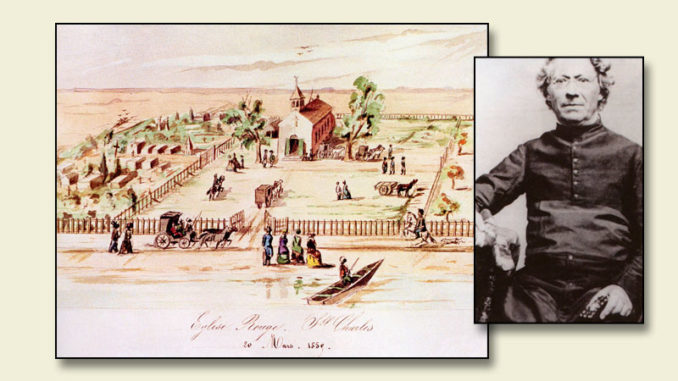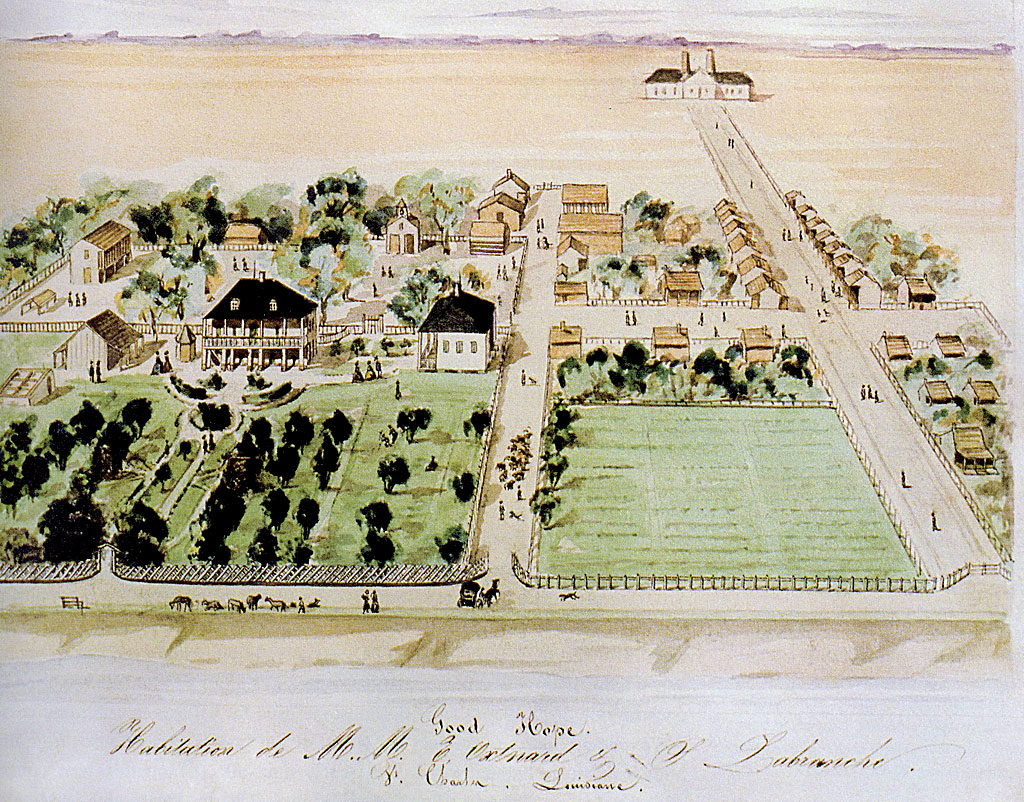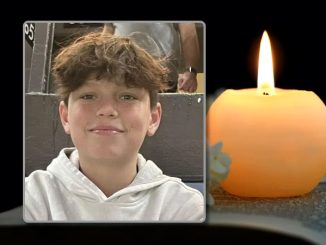
More than 100 years after their creation, Little Red Church’s Father Joseph Michel Paret’s watercolor paintings, journal and sketchbook were found in an old trunk in Pe’lussin, France.
They are beautiful, but equally historical for St. Charles Parish.
Paret’s paintings serve as detailed snapshots of a time long past in the parish, according to “St. Charles Parish, Louisiana: A Pictorial History.” They document the pictorial sights of St. Charles Parish as a wealthy sugar area at a time when Louisiana supplied the nation with more than half of its sugar.
In 1847, the Catholic Church sent Paret from Pe’lussin to Louisiana missions. A year later, he arrived at Little Red Church (today St. Charles Borromeo) in the midst of a thriving agricultural economy.
In the 21 years he served there, Paret witnessed the success of the parish’s sugar plantations, and later the impact of the Civil War. In his letters to family in France, he also documented witnessing one of the state’s worst yellow fever epidemics.
By 1858, Paret traveled by steamboat to New Orleans where he bought a sketchbook at a stationary store near the St. Louis Cathedral and began his watercolor works. He started with Little Red Church, the presbytery and plantations across the parish, offering a glimpse into daily life in the 1800s.
His works offer views of plantation layouts, fencing and building materials, gardens and more. Plantations operated like small villages, including family cemeteries, chapels and school houses. His watercolors also often include the Mississippi River, which led to vibrant images of canoes hauling goods and American Indians traveling the river long before the arrival of Europeans.

Paret documented a time just two years before the Civil War.
“One could assume that Father Paret’s appetite for sketching the beautiful plantation estates of St. Charles was completely tempered by the destruction he witnessed during the Civil War—to the point that his sketchbook is silent on the subject,” states the St. Charles Parish historical book. “The discovery in France only emphasizes the possibility that other such treasures could be hidden in family closets, albums, or attics in St. Charles or elsewhere.”
When Paret’s watercolors were discovered, then LSU Art Museum Director Pat Bacot called them “the most important single group of landscape paintings done before the Civil War in Louisiana. Nothing is comparable to them.”
[pullquote]“One could assume that Father Paret’s appetite for sketching the beautiful plantation estates of St. Charles was completely tempered by the destruction he witnessed during the Civil War—to the point that his sketchbook is silent on the subject.” — St. Charles Parish, Louisiana: A Pictorial History[/pullquote]Paret’s works were published by the LSU Press. His journal, Mon Journal d’Amerique, a collection of correspondences with his family, was published in France by Marcel Boyer in 1993.
St. Charles Borromeo’s Ronald Rodrigue called it a privilege to be entrusted with so much history.
“These post-levee/River Road watercolor drawings supported the fact that we lost many historic tombs that once rested along the shore of this ever-changing river,” he said. “Some say remnants of old red bricks used to construct the early tombs can still be found behind the levee today.”
Father Joseph Michel Paret’s great gift to St. Charles Parish
- Father Joseph Michel Paret was born in 1807 in the small village of Pélussin, France.
- Paret came to Little Red Church in 1848 and stayed there 21 years until he left in 1869.
- The most prominent feature in most of Paret’s works is the Mississippi River.
- Paret’s watercolors and journal are presently owned by the Choretier family in the Forez-Viennois region of the Department of Loire, France.




Be the first to comment